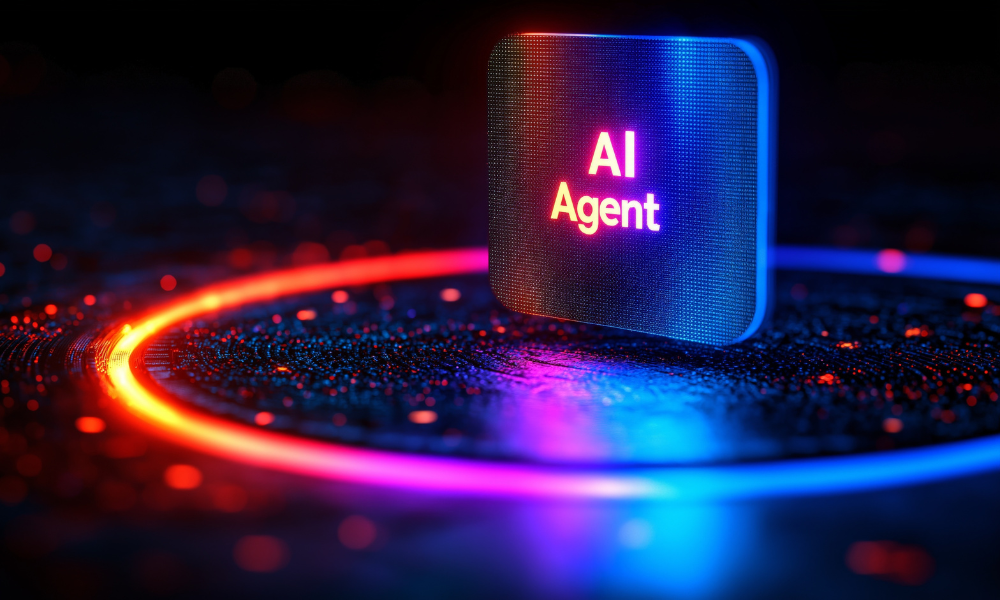
Early adopters report faster workflows and fewer manual steps in routine office processes

The news is out: AI agents are poised to revolutionize legal practices by enabling autonomous, multi-step decision-making. In recent months, legal AI news has run several announcements from large AI companies announcing AI agentic workflows. On March 11, 2025, Harvey announced agentic workflows. Thomson Reuters announced on June 2 that “CoCounsel now features agentic AI, enabling autonomous, multi-step task execution in tax and accounting workflows.” But what is an AI agent, and can this technology reshape the daily work of lawyers? To answer these questions, it is important to demystify AI agents and understand how they could be used in legal practice.
To begin with, I see technology and AI development as similar to LEGO pieces. There are building blocks that, when layered and combined in innovative ways, allow people to develop and create incredible things. At its broadest definition, an AI agent is any software that sits on top of a large language model (LLM) to facilitate the input to the model and then display the resulting output. Chatbots such as ChatGPT, MS Copilot, Harvey, and Co-Counsel are all examples of AI agents. An agentic workflow builds upon the basic chatbot concept but goes further by executing a sequence of tasks after a single trigger, which initiates the workflow. Technology is advancing towards autonomous agents: systems that, once begun, operate independently and continually generate results. Both ChatGPT and Claude have released solutions that claim to do this. We have tested these solutions internally at Caravel Law, and the results have been middling. So, while the idea is interesting, we are probably a few years from having truly autonomous agents that work well.
Though the terminologies may be confusing, to illustrate the distinctions between the different agents, consider the following example of translating an agreement from English to French: a basic AI agent for translation would be something like ChatGPT, where we can input text and prompt it to translate the text to another language. An agentic workflow, on the other hand, might assist with the agreement translation by guiding the user through several pre-programmed steps:
As you can see, the agent performs several tasks to arrive at the output. In contrast, a truly autonomous agent in the example of translation of languages could be a continuous translation assistant that operates in real time, perhaps running on your phone while you're in a different country, constantly translating spoken language as you interact with your surroundings. It should be noted that truly autonomous agents for legal work pose risks in the legal context, as any agent must respect confidentiality and lawyer intervention and review.
Legal AI products are quickly becoming critical firm investments, in time and dollars. According to DeepJudge, a company that produces a legal AI solution that allows law firms to build, deploy, and orchestrate AI agents, their program delivers four times the return on investment within a year, with users saving over 65 hours annually, time previously spent searching for information.
The legal solutions emerging to build AI agents fall into two categories. First, AI workflows can be constructed directly within existing legal AI chatbots, capitalizing on their proprietary software, knowledge source, and integrations. If you are interested in experimenting with AI agents, I recommend you start here. Harvey has over 30 ready-made workflows to streamline routine to complex tasks, such as drafting a document from a template, extracting a timeline of key events from documents, or summarizing material changes from redlines.
The second category encompasses platforms that enable firms to design bespoke AI workflows, using their internal information and documents. Here, users can select a preferred large language model, define custom tasks, and tailor the workflow to their needs. DeepJudge and Aria are notable examples. At our firm, we have been piloting Airia, which boasts numerous integrations with other solutions. We experimentally connected Airia to our Clio data to generate a dynamic matter status dashboard.
The ability to quickly build and iterate bespoke AI tools will be a powerful tool for law firms to harness. I currently see a marked difference in the market, with some firms just beginning their AI journey and others leaning into these new solutions. By building multi-step agents and workflows, AI agents could unlock new possibilities for lawyers to reimagine legal practice.